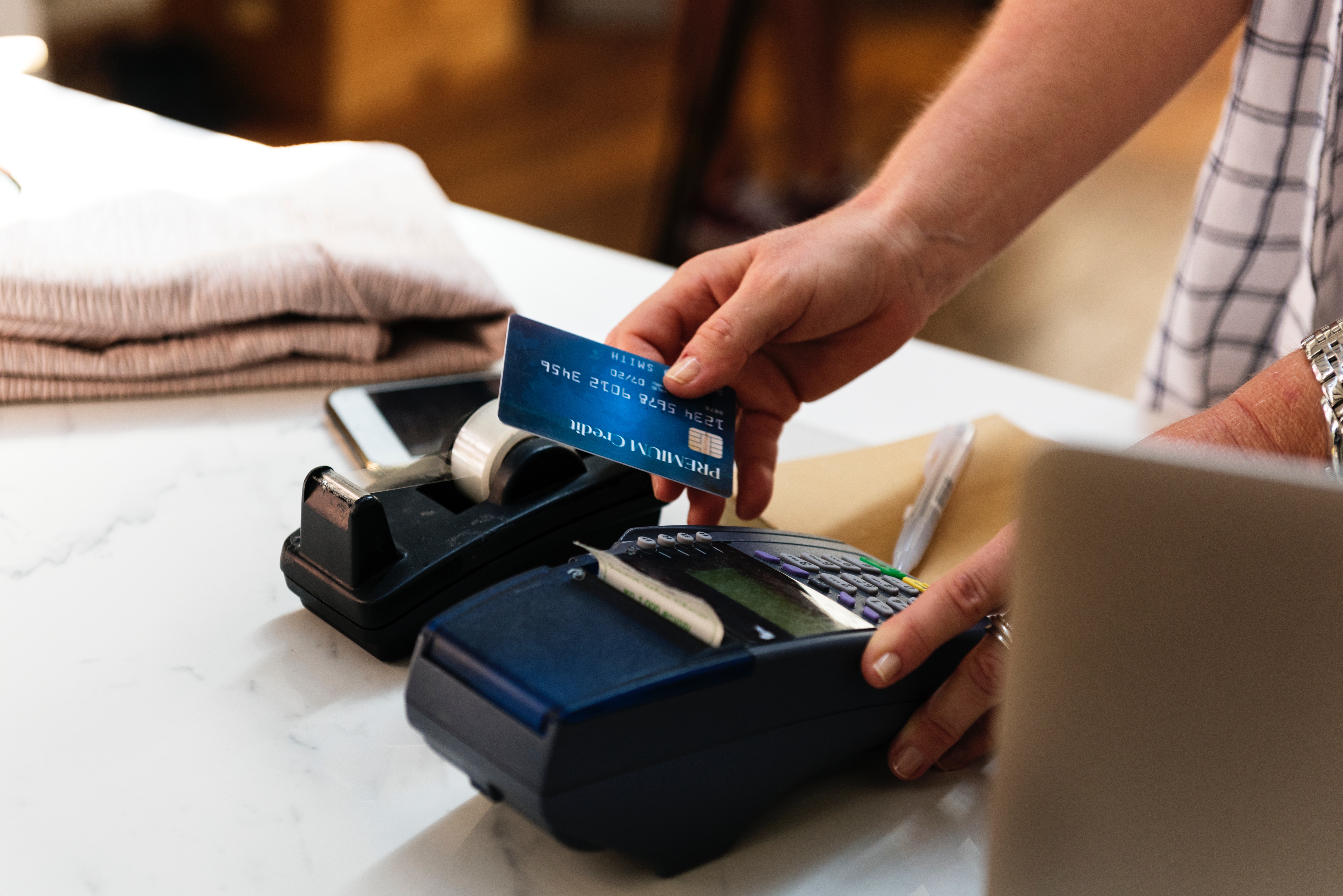An oppressive amount of debt can feel like a heavy weight on your shoulders. Every month the problem can seem to get worse as interest accrues and bills continue to fill the mailbox. And it can affect people in several ways:
- According to a study by the American Psychological Association in 2015, some 72% of Americans reported feeling money-related stress within the past month. For most Americans, money is one of the primary stressors affecting their health.
- Accruing debt and struggling with bad credit can lead to impaired financial decisions, such as consolidating loans under unfavorable terms, using payday loan services, or gambling.
- The Federal Reserve of Atlanta even found a link between debt and an increased risk of mortality.
With all of this going on, how can the average person in financial distress create a plan that will keep them feeling positive and confident that they can escape from the stress and turn their credit situation around?
Step One: Clean Out the Cobwebs of Your Financial Life
The first step is to eliminate your “financial cobwebs”—anything you don’t need in your life that’s adding unnecessarily to your stress.
Don’t be afraid to start small. Do you have magazine subscriptions you pay for but never use? Overlapping TV streaming service subscriptions? Clear these out first. The goal here isn’t to focus on savings, but to make your financial life easier to measure and calculate.
Most importantly, it will help you avoid being overwhelmed. It’s common for people in debt to start throwing bills away without opening them simply because they don’t want to add to the stress they already have. Cleaning out some of your financial cobwebs will help you face the problem head-on.
Step Two: Construct a Debt Payment Plan
Once you’ve set the slate for a turnaround, it’s time to think about how you pay off debt. You can use the snowball method (organizing debts smallest to largest, and paying minimum payments on the rest until you get the smallest paid off first) or the avalanche method (focusing instead on the debt with the highest interest rate). Either method will work fine; the most important thing is that you choose one and write down your plan.
With that in mind, should you consider alternative methods for getting out — such as debt consolidation? Debt consolidation is intended to simplify your financial life by allowing you to pay off multiple loans with one monthly payment. Be wary of these types of loans, however, and read the loan terms carefully to make sure they’ll help – and not harm – your financial situation over the long term.
Step Three: Improve Your Credit Score
It may be tempting to try and address debt by cutting up all your credit cards. After all, you figure, credit cards were part of what got you into this mess.
But it’s more important to change your internal beliefs about debt and the exterior habits that result. For example, if you’ve paid for large purchases on credit cards without having the money in the bank to cover them at the end of the month, you’ll find the interest and late payments add up quickly.
You now have to treat credit cards like debit cards. Don’t charge more to a credit card than you can afford in your regular budget. Avoid accruing more interest and debt, and use any excess savings toward paying off old debt and interest.
Maintaining old credit accounts will also help you restore a high credit score, as the average age of your credit accounts tends to impact your score. Just remember that having a high credit-to-debt ratio is also important for that score; if you have too much debt, you can expect your credit rating to remain low.
You should also take full advantage of credit card point rewards and use those points for the gifts and indulgences you might normally put on your credit card. They’re called rewards for a reason!
Step Four: Create a Budget and Live Up to It
The final step is to create a budget that makes the new habits automatic. With a debt payment plan in place, you now know what kind of money you’ll have to put aside to pay off your debts An app such as You Need a Budget can also help you plan. You’ll have a clear picture of what you need to do to sustain your lifestyle while paying off debt. And while it might take a while to pay down the debt, you should use your budget to at least check that your debt is going down each month. If so, you’re headed in the right direction.


